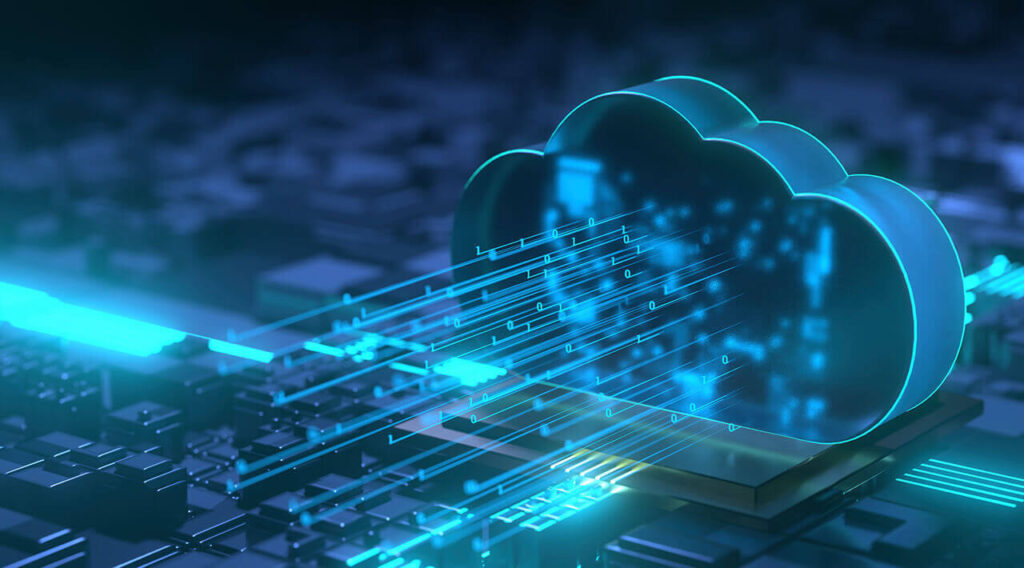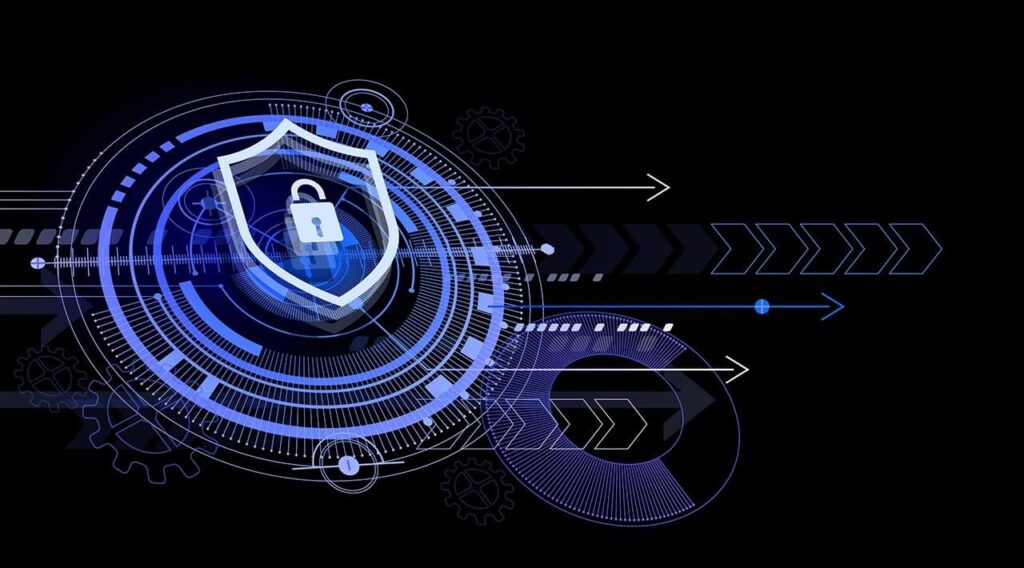5G and Data Centers
In July of 2022, 5G technology officially arrived in Brazil, initially in the country’s capital, Brasilia. However, according to Anatel (National Telecommunications Agency), by the end of September every capital in the country should have the fifth-generation network.
For the corporate market, this is an important milestone as it opens up a huge range of possibilities for technology advances while presenting new challenges along the way.
One of them is latency. With a new protocol offering greater speed and shorter response times companies will need to meet this demand, since delays in process execution will increasingly result in lost business opportunities, especially where data centers are concerned.
Considering this new scenario, listed below are some trends to be followed moving forward:
5G and Data Centers: Changes in single-mode optical fiber
The increased flow of data through data centers will also demand hardware implementations, and optical fiber cabling will be crucial. Today, the most common type is the multimode optical fiber, through which light travels with several reflection points inside the cable. On the other hand, in single-mode, it travels through a single fiber core, and can cover greater distances.
This is the cable best suited for flows of up to 800 Gbps and should be the choice for data centers that are currently being built. The downside of this type of cable is that it’s a higher-cost solution.
5G and Data Centers: IoT Enhancement
More bandwidth equals more connected devices, expected to optimize processes, and increase operational efficiency through real-time data collection and processing, which will significantly demand more from data centers.
To give an idea of how the Internet of Things (IoT) segment still has space to grow in Brazil, IDC forecasts show that this market can reach up to US$1.6 billion in 2022, which would represent a 17.6% increase when compared to the previous year.
The cloud is still relevant
Driven by the pandemic, cloud computing should maintain its growth pace. With several companies deciding to continue with their home office policies, cloud-native applications for telecommuting are multiplying. According to an article from TI Inside, 51% of IT expenses will migrate to cloud solutions by 2025.
In addition to edge computing, another obvious 5G trend is hybrid cloud growth, as a result of the increased security needed to store the sensitive and strategic data that this type of solution offers. Even more so, considering the General Data Protection Act in force.
Expertise will be key
The arrival of 5G promises to boost the demand for infrastructure companies that have data centers and the reason is simple: expertise.
Managing a data center isn’t an easy task, especially because it isn’t a slam-dunk. It is a job that demands a heterogeneous support team, composed of different expertises to deal with the variety of technologies on a daily basis, as well as constant monitoring and a well-established preventive maintenance schedule.
Data centers can also accommodate infrastructure customizations that are critical to customers’ businesses in all industries, and they allow economies of scale which enable the final costs to be more competitive than maintaining the structure in house, for example.
Another characteristic of these centers is the great number of connected telecom companies, enabling data signal distribution and reducing latency.
Security beyond logic
Protecting data and counting on dozens of firewalls and other digital security solutions are not the only aspects that need to be addressed by an efficient data center.
Its physical integrity is equally important and must include a fire suppression structure, with state-of-the-art hardware working at lower temperature margins to mitigate this risk. This brings us to another issue: sustainabiliy.
More power-efficient equipment requires less efforts in cooling technologies and lets the company be more selective regarding the kind of electricity it consumes, preferring to acquire it from renewable sources.
A well-planned and managed data center is key to offering low latency and everything else a customer needs to take advantage of all opportunities presented by 5G, regardless of its operational model: colocation, hosting or hybrid cloud solutions.

Author:
Rodrigo Oliveira
Business Director, Data Center, Cloud & Security
Cirion, Brazil
With over 30 years of experience in the Data Center and Telecommunications industry, Rodrigo brings Cirion customers the guidance needed to leverage technology in the expansion of their businesses. He worked in several multinational companies in Brazil, and helped build Diveo’s operation in the country. He was also president of UOL Diveo’s Colombia division, where he conducted the sale of the affiliate to Riverwood/Synapsis. He was also in charge of Matrix Datacenter.










